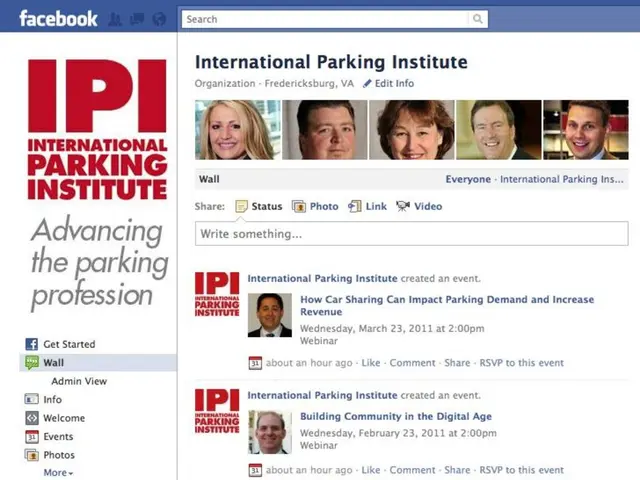Google Patches High-Severity Chrome Zero-Day (CVE-2022-3723) Exploited in the Wild
Google has rushed out an emergency security update for Chrome, fixing a high-severity vulnerability (CVE-2022-3723) that's already being exploited in the wild. This marks the seventh Chrome zero-day patched this year, highlighting the importance of prompt patching for desktop and laptop applications.
The flaw lies in Chrome's V8 JavaScript engine, presenting a type-confusion issue that could allow attackers to execute code or cause crashes if exploited. While attacks on the V8 component are not common, they can be particularly dangerous.
Zero-day attacks targeting third-party business applications like Chrome are a preferred tactic for threat actors to infiltrate organizations. To mitigate this, Qualys Patch Management, including Zero-Touch Patching, can automatically identify and remediate vulnerabilities in third-party applications like Chrome. Qualys offers a trial for this service, enabling automated deployment of Chrome patches and creating automated patch jobs for future updates.
With this latest emergency update, Google underscores the need for prompt patching. Security and IT personnel should prioritize patching desktop and laptop applications as soon as zero-day fixes are released. Smart automation for third-party applications allows organizations to respond swiftly to new zero-day threats with minimal IT intervention.
Read also:
- Bridge the IT-Security Divide with Qualys VMDR for ITSM: A New Application to Streamline Your IT and Security Operations
- Italy passes AI legislation addressing privacy concerns, supervision, and kid-safe access
- East Asian countries should be cautious, as scamming operations are moving towards the region - it's high time we stay vigilant. - Phar Kim Beng
- Senators pressure nominated leader of CISA on election security concerns, focus of agency highlighted








